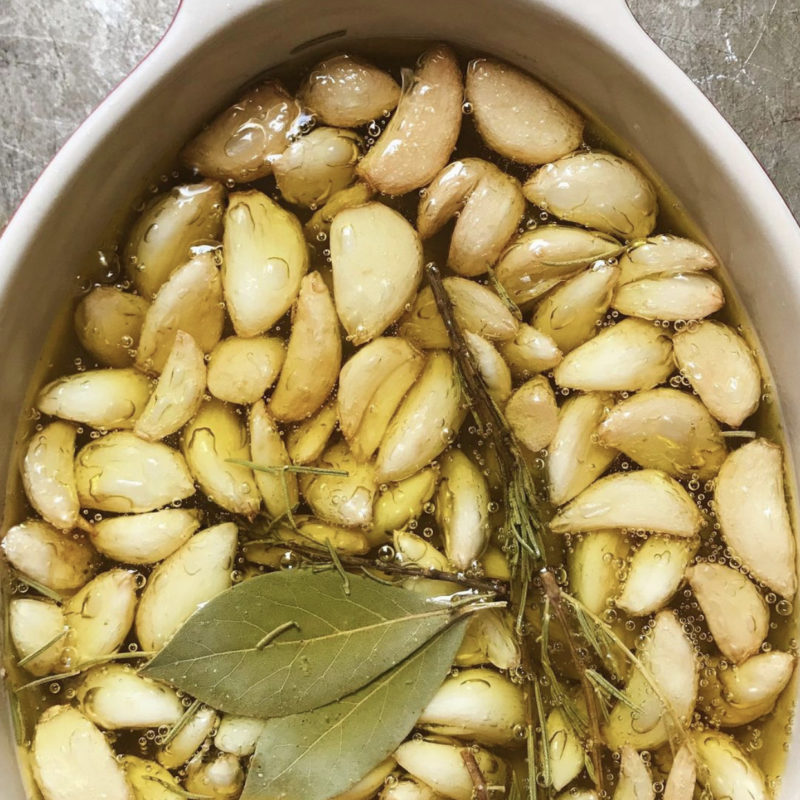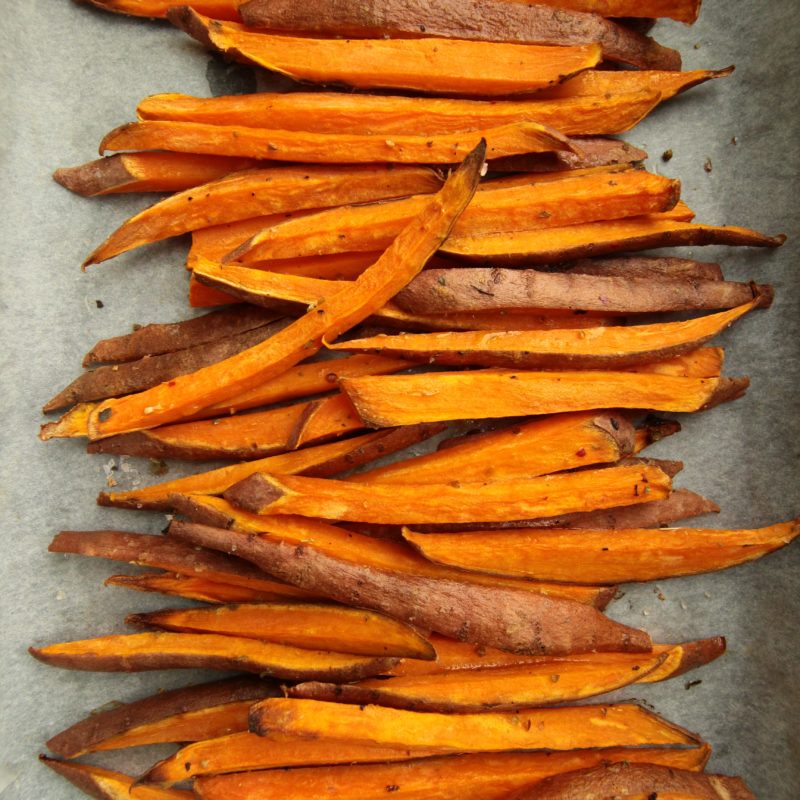Newsletter V. 777
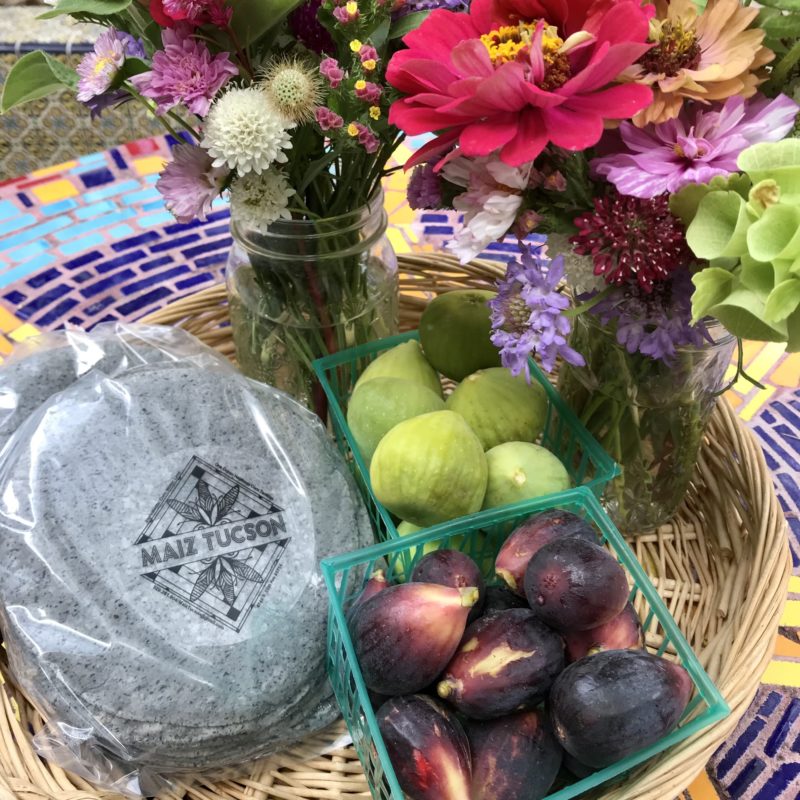
Produce Spotlight
Mission Garden Figs
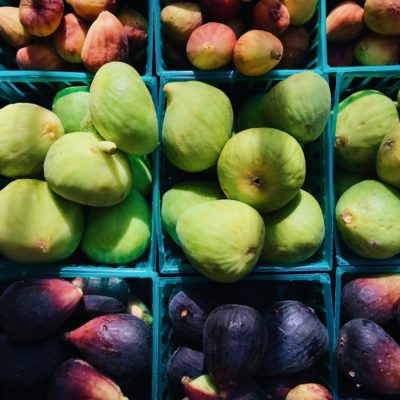
Seasonal fruit from Mission Garden
Mission Garden is an urban garden that honors Tucson’s long agricultural history and features heirloom Sonoran Desert-adapted fruit trees. We began working with the folks there two years ago in an attempt to diversify our offerings and support more community producers. We’re happy to continue our partnership with Mission Garden by offering their seasonal fruit and sharing more about the Garden’s history and mission. This week we’re selling a variety of their Mission and Ruby figs in the CSA Shop. While this week’s offering will be first come, first serve, you can reserve a basket of figs for next week with our CSA Shop volunteer.
Fig (Ficus carica)
Spanish: Higo
O’odham: Su:na
Fig Cultivars in Mission Garden, propagated by the ASDM Kino Heritage Fruit Trees Project:
Sosa Carillo Black Mission Fig: Sourced from the historic Sosa Carillo house in Tucson’s Barrio Viejo. Leopoldo Carrillo’s descendants believe he acquired the cutting for that tree from the original Mission Garden during the 1880s. First crop, or breva, ripens in late May, early June. The second crop ripens in mid-July. Young plants are somewhat frost sensitive.
Ruby: “White” fig sourced from an old tree in the ghost mining town of Ruby, AZ. Starts ripening in June. Green skin and pink flesh. Less frost sensitive than Black Mission.
Oro Blanco: Sourced from Oro Blanco, a former mining town south of Ruby, AZ. First crop starts ripening in late May, second in early July. Less frost sensitive than Black Mission. Small fruits, when ripe, have pinkish to purple skin and pink flesh.
Quitobaquito: Originally sourced in the 1980s by Gary Nabhan and Wendy Hodgson from the last surviving trees of an orchard in the O’odham settlement of A’al Waipia, known as Quitobaquito Springs, and now part of Organ Pipe Cactus National Forest. Stock preserved and reproduced at Desert Botanical Garden, Phoenix.
Traditional local uses
Traditionally, figs are mostly eaten fresh or in jams and empanadas. Their skins can be eaten but the milky stems may cause skin irritation. Josefina Lizárraga uses leaves to make atole de higo, a sweet fig tea thickened with flour. Chinese gardeners also dried figs on screens to use later in teas and as a dried herb. Figs are common Tucson backyard trees, especially in older Mexican, O’odham, and Chinese households.
Save the Date
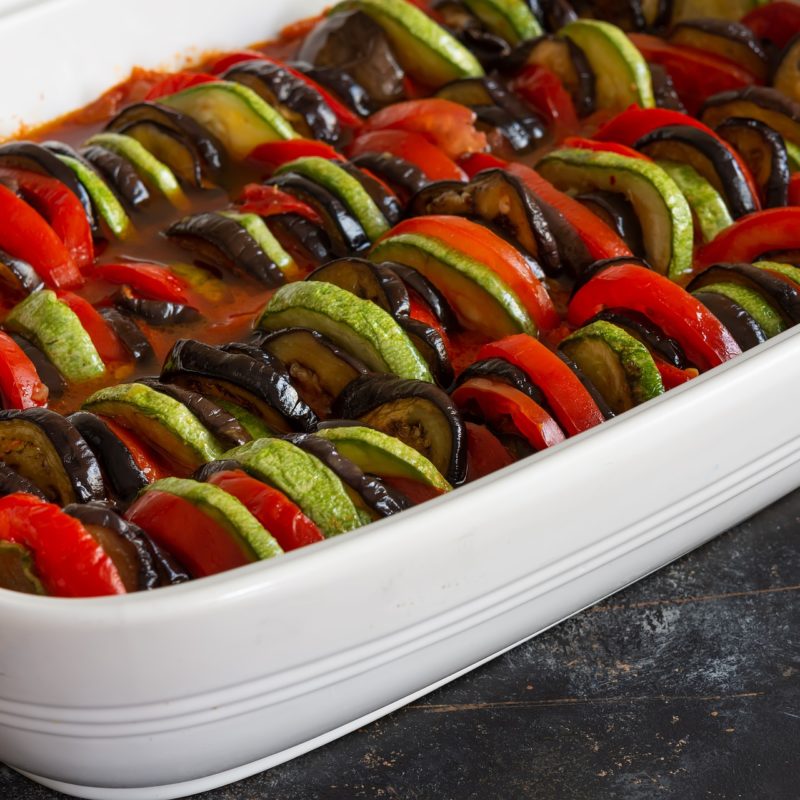
How to Make Confit
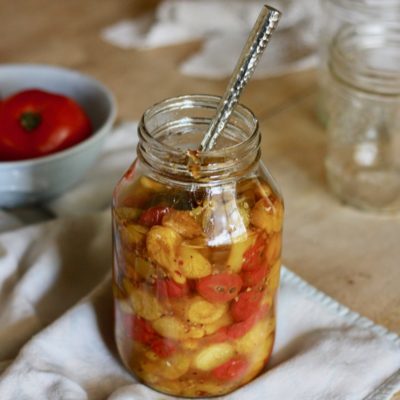
Confit (pronounced /känˈfē/) sounds complicated, but all it really means is food that is cooked slowly in lots of fat. Although duck confit is probably the most well known of its kind, you can use this cooking technique to prepare many different foods – including a wide variety of produce. After all, there’s little that wouldn’t benefit from being cooked in a few inches of rich olive oil. The benefit of confit is that you can use the produce, which is meltingly tender and rich, and the fat that it’s cooked in, which is aromatic and infused with flavor.
Garlic, tomatoes, and peppers would all make for wonderful confit. You can make as much or as little as you like, but more is always welcome. Begin by washing and drying your produce and adding it to a baking dish with high sides. Then, pour enough olive oil into the dish to cover the produce and add a few sprigs of aromatics – thyme, bay leaf, rosemary, and oregano will all do, as will dried chiles. Place the baking dish in an oven set to 300º F and let the magic happen over the course of one to two hours. Your confit will be done when the produce is tender and, in the case of tomatoes, bursting and beginning to fall apart. Once the confit has cooled, you can store it in an airtight jar in the fridge for a few weeks. Use it for sandwiches, pasta, salads, and more!
We’re Reading
Food Sovereignty in the USA US Food Sovereignty AllianceWe’re Listening To
What do We Mean When We Say Food Anthropology? Point of Origin PodcastWe’re Watching
Your New Favorite Grilled Corn Salad YouTubeOn Social
Tucson CSA Community FacebookIn the Kitchen
How to Turn Your CSA Share into a Picnic
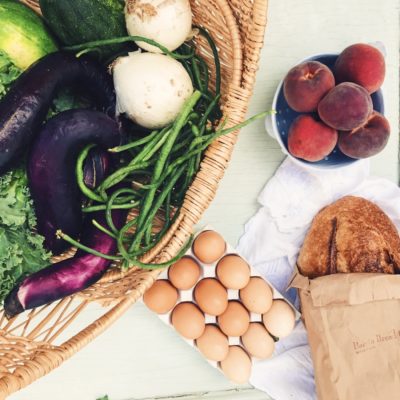
I set an intention to cook less this summer, for the sake of both my mental health and my electric bill. But cooking less doesn’t mean eating less, not at all. I cook in batches, maybe two or three times a week, hopefully early in the morning before the hot afternoon sun streams through my kitchen window. This is when the roasting, the bean simmering, the bread baking happens. The days in between are ripe with opportunities for easy meals like sandwiches, veggie-and-bean salads, and tacos that come together quickly and fruitfully. I figure, with all this extra time on my hands, these meals can be packed into little containers and tucked into a cooler for picnic dinners that will make the end of a long summer day feel rather sweet.
With a bit of planning and preparation, you can turn your CSA share into a wonderful and rewarding picnic. A loaf of Barrio Bread accompanied by fresh fruit and a few summery salads makes for a simple meal that is best enjoyed in nature. Prepare a melon for picnic by removing the rind to make it lighter and easier to pack, then dice the flesh into bite-sized pieces and chill in the refrigerator. To make your melon even more transportable, scoop the flesh into a blender with a few sprigs worth of fresh mint or basil, a healthy squeeze of lime juice, and perhaps some honey and blend it into a sweet agua fresca. Store the refreshing drink in a lidded carafe, mason jar, or reusable water bottle and bring it along to serve as a refreshment alongside a slew of snacks and salads. Delicate peaches can be transported in lidded containers and apples are hardy enough to make it up the mountain at the bottom of a backpack, so choose accordingly.
The right salads can make for great picnic food because they’re easy to eat and travel well. While traditional greens-based salads are prone to wilting and sogginess, chopped salads made up of tomatoes, corn, potatoes, beans, and cooked grains retain their texture and flavor over time. Replace mayo with a Dijon vinaigrette to make potato salad that keeps better in the heat and is delicious at room temperature. To make it, boil small potatoes and green beans until they’re tender, then drain and toss them with a vinaigrette made up of one-part wine vinegar, two-parts olive oil, one-sixth part Dijon mustard, salt, and pepper. For a crunchy and bright summer salad, toss diced tomatoes, cucumbers, cooked corn kernels, and diced jalapeño with a simple dressing made up of equal parts lime juice and olive oil, then sprinkle everything with minced fresh herbs and a sprinkle of salt and pepper. And, if all else fails, rest assured that almost any combination of cooked grains, tender beans, seasonal veggies, and vinaigrette will make for a delicious picnic salad. Briney cheeses like feta are a bonus.
Once you have bread, salad, and fruit, choose a few finger foods–olives, nuts, cheeses–and perhaps a bottle of wine or beer to round out your meal. Then, store everything in individual air-tight containers before packing them in a cooler filled with frozen ice packs. Fill a tote bag with an old blanket or towel, a few plates, utensils, and napkins before heading up the mountain for a wonderful day. Even when you’re short on time, a delicious seasonal meal enjoyed in a beautiful setting can help you relax and muster through the hot weather.
